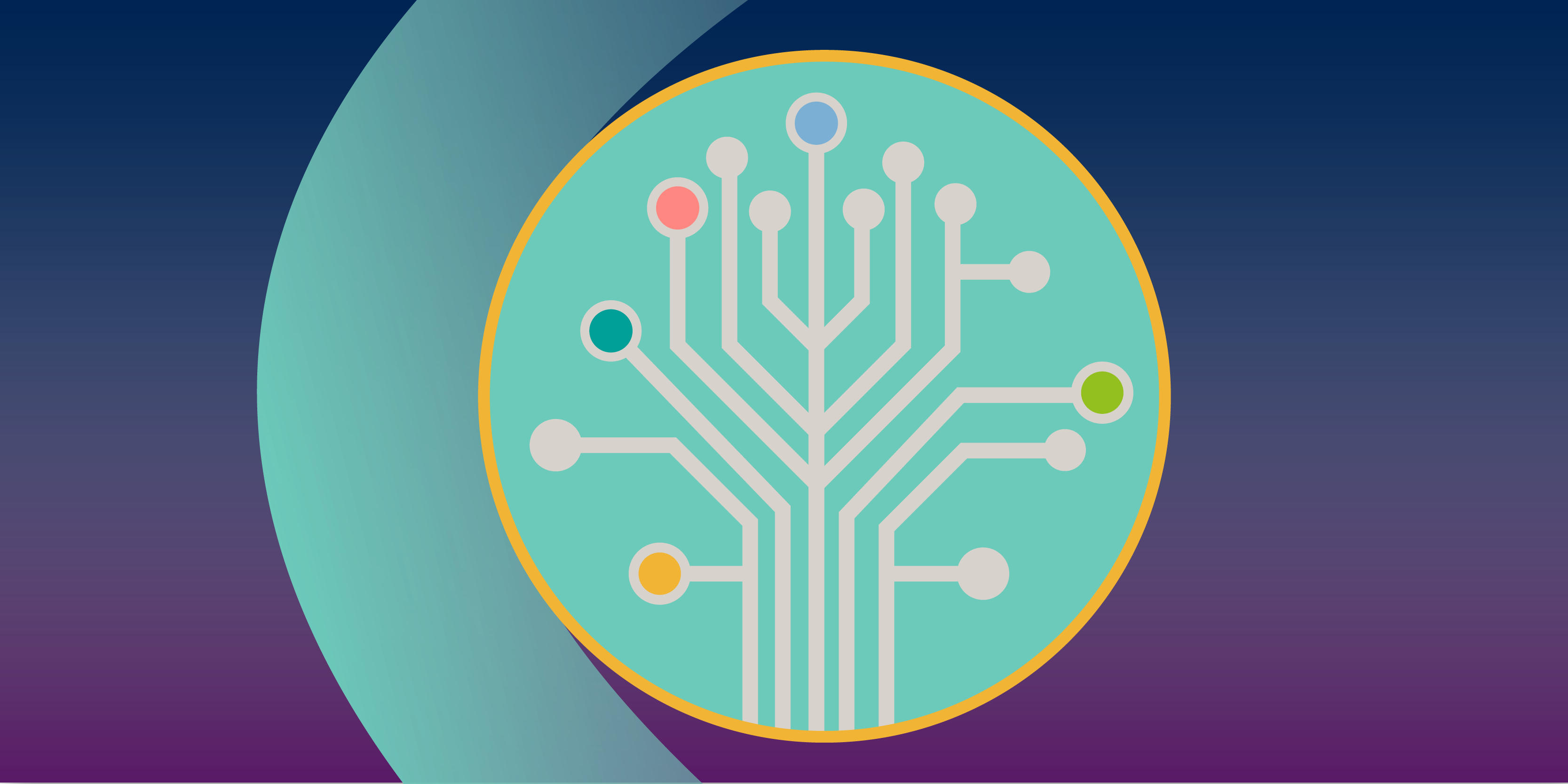As Sir Michael Barber, chair of the Office for Students, publishes his review of digital teaching and learning, Jisc’s chief executive, Dr Paul Feldman, assesses the potential impact of its recommendations on post-pandemic higher education.

As lockdown policies ease, institutions and individuals dare to imagine what the future might look like. I am sure I’m not the only one dreaming of a world with fewer restrictions, where I can hug my grandson, enjoy a meal out with friends, and travel to the office to see colleagues in person without a second thought.
What might our higher education (HE) students want in this post-pandemic world? And what might we want for them? Despite the challenges our sector faces, in order to provide a student experience that is fit for our times, we must seize the moment to innovate, learn lessons and embrace change.
That’s why today, I welcome the Office for Students’ review of digital education. Led by Sir Michael Barber, the report’s findings and recommendations reflect those of the separate Learning and teaching reimagined report, which the HE sector produced last autumn, looking at the short, medium and long-term impact of the move online and how to get the best out of it.
Both reports highlight the importance of identifying how changes forced by the COVID-19 crisis might stimulate a rethink of curricula and a student-led appraisal of technology in teaching. Learners contributing to both reviews also expressed a desire for more modular and flexible learning, with students and university leaders recognising the clear benefits of online delivery that reflects the realities of living and working today.
Sir Michael Barber’s report, Gravity assist: propelling higher education towards a brighter future, looks at the digital approaches universities have embraced over the past year. It reflects on how these can, have and might continue to benefit all students, be they school-leavers or mature learners, studying full- or part-time, at distance or on campus, disabled, disadvantaged – I see elements of technology-enabled education that can support all, irrespective of background and circumstance. One advantage of moving teaching and learning to a hybrid approach and forcing a rethink is that it may have helped level the playing field for some.
The reports’ findings aren’t universally positive. Although hardly surprising, it is disappointing to acknowledge the gaps in provision that emerged for some diverse students – particularly through the initial ‘emergency phase’ of universities’ COVID-19 response. Yet we are all keen to capture good out of these times and ensure that the technology-enhanced teaching we’re all embracing is inclusive.
More broadly, I’m delighted that Gravity assist and the Learning and teaching reimagined report are largely aligned in their vision for the HE sector. A shared future vision is developing where self-directed, motivated students work to gather knowledge, and tutors and lecturers impart wisdom.
This is a fundamental shift from teaching to learning, and there are other inevitable and positive shifts for sector to adapt to with the introduction of the government’s Lifetime Skills Guarantee. This will offer adults and young people the choice to study throughout their life, taking high-quality, vocational courses that are geared towards the world of work, focusing on careers that have been revolutionised by technology.
There is much to think about as we shape and refine this vision together. The need to strengthen staff and students’ digital skills is a key area highlighted in today’s review, and I am excited to see technology – from machine learning to immersive experiences created with artificial intelligence, augmented reality and virtual reality – taking a central role in delivering education and also thoughtful considerations on what is needed technically to support our diverse student population.
It’s an exciting time. But there are practical considerations too, not least cost. How will institutions afford to create the new learning content we need, ensuring it’s accessible and engaging for all? Who pays?
Then there’s the thorny issue of assessments, which has been widely discussed in the media throughout the pandemic, and has caused significant stress for many students. We know that remote exams and assessments are fraught with difficulty, and we are seeing a number of issues, not least the risk of cheating. Now is the time to consider our mechanisms for managing this, rethinking the future of assessment.
The recommendations of Gravity assist have the potential to open up new opportunities, while also flagging potential pitfalls and hurdles for the sector to overcome. Through collaboration, and with further investment in advanced technologies, I believe we can seize the lessons of 2020, building a visionary, engaging Education 4.0 that delivers for all students, supports staff, and transforms our institutions.
We don’t have the option of doing what we’ve always done, but we do have the option of doing what we never thought we would – and we can start living that vison of the future now.

Comments
Report this comment
Are you sure you wish to report this comment?